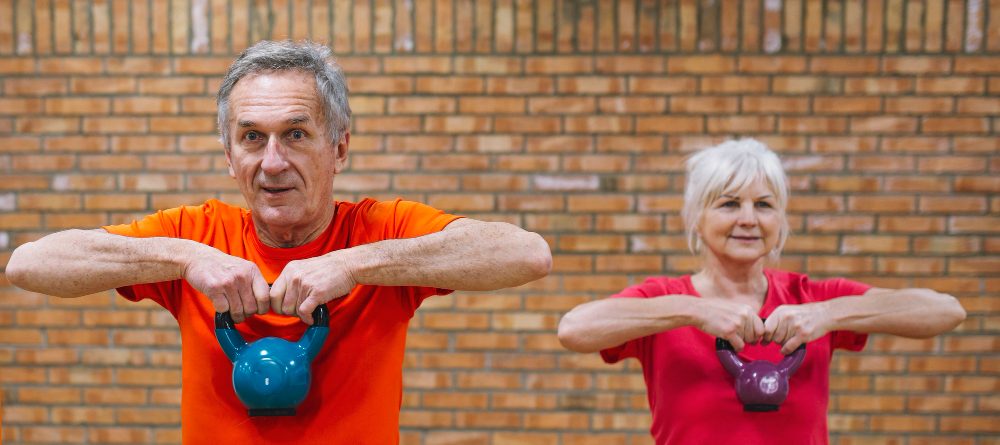The Motivational Power of Exercise Buddies for Seniors
Starting a fitness journey alongside peers might just be the secret sauce for older adults looking to boost their exercise routine, according to intriguing new research.
A recent randomized clinical trial published in JAMA Network Open sheds light on the pivotal role of interpersonal connections in motivating older individuals to engage in physical activity. The study found that seniors who engaged in conversations about their exercise regime with fellow participants experienced significantly higher and sustained levels of physical activity compared to those relying solely on self-motivation and personal fitness goals.
In the world of health and fitness, the focus has traditionally been on intrapersonal strategies—those internal motivations and goal-setting techniques. However, this study underscores the underappreciated power of interpersonal strategies in enhancing exercise adherence among older adults.
The repercussions of low physical activity among seniors are severe, often leading to disability, difficulties in managing chronic conditions, and increased risk of falls and injuries. Despite these risks, a large majority of older adults fail to meet recommended physical activity guidelines, emphasizing the urgent need for effective intervention strategies.
The study, encompassing over 300 participants aged 70 and above, explored the impact of intrapersonal versus interpersonal behavior change strategies on exercise adherence. Participants were divided into groups, each receiving different forms of intervention, including wearable fitness trackers and tailored exercise programs.
The findings were striking: those engaged in interpersonal strategies witnessed substantial increases in physical activity levels over the course of a year, surpassing even the combined intrapersonal and interpersonal group. On the other hand, the group relying solely on intrapersonal strategies showed no significant improvement, highlighting the potency of social interaction in fostering exercise compliance among seniors.
But what is it about socializing that makes exercise more enticing? The roots of this phenomenon can be traced back to the social facilitation theory, which suggests that the presence of others stimulates greater effort and performance. Beyond mere companionship, engaging in conversations and sharing experiences fosters a sense of community and belonging, driving individuals to stay committed to their fitness goals.
The study’s participants not only saw physical benefits but also reported forming meaningful connections and friendships throughout the trial, emphasizing the importance of peer support in sustaining long-term behavior change.
So, how can healthcare professionals harness the power of social interaction to promote exercise among older patients?
- Emphasize the significance of exercise during appointments, and actively listen to any barriers hindering compliance.
- Explore available fitness classes or community programs tailored for older adults.
- Connect patients with qualified fitness professionals specializing in older adult exercise.
- Encourage social walking or group activities with friends or family members.
- Advocate for resistance training, even for patients with preexisting health conditions, as it offers numerous benefits for aging bodies.
While encouraging older adults to embrace exercise may pose challenges, the potential benefits far outweigh the obstacles. By fostering a sense of camaraderie and support, healthcare providers can empower seniors to lead healthier, more active lives, one step at a time.









